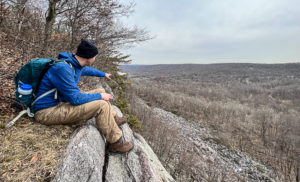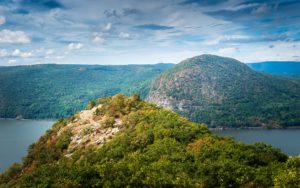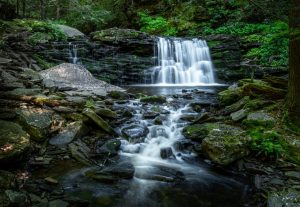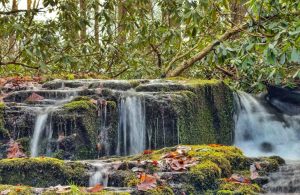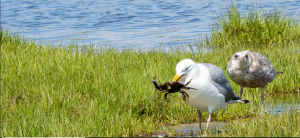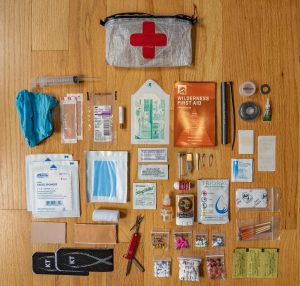If you plan to cook while backpacking, you need to know how much fuel you will need. Especially for longer trips or when you need fuel for multiple people, making sure you have enough fuel, but aren’t carrying unnecessary weight, can be good to know. Otherwise, you might carry too much fuel or waste money by not using up half-empty canisters.
Experiment – How many boils can I get per fuel canister?
The goal of this experiment was to answer: How much water can you boil with a new 4 ounce fuel canister?
I ran an experiment in which I repeatedly boiled about a half liter of cold tap water using a new fuel canister until there was no more fuel left.
The setup:
- Stove: Soto Windmaster with triflex support
- Cooking pot: Evernew .75 L Ultralight Pasta Pot
- Fuel: MSR IsoPro fuel canister (4oz). A full canister weighs 7.4 oz/211g and contains 3.9oz/110g of fuel.
- Half liter of cold tap water per boil
- Conditions: indoors, no wind, 74 degrees, sea level, cold tap water
Results
Using a new fuel canister, I was able to boil 13 half liters, for a total of approximately 6.516 liters of water using 106 grams of fuel. The data table below has details of the experiment. There was insufficient fuel remaining (5g) to boil another half liter. The data for the experiment is in the table below.
- On average, I needed 8.1 grams of fuel to boil a half liter of water (16.2 grams per liter).
- During each 500 mL boil, I lost an average of 6 mL due to evaporation – a relatively insignificant amount.
How do I use this information to plan a trip?
You should consider all the food you plan to prepare on a trip. If you’ll be boiling water to rehydrate meals, the math is pretty straightforward – just add up the total amount of water you need to boil. Then take the total number of liters of water and divide by 16.2 to give you the total number of grams of fuel you will need. A small 4oz fuel container has 110 grams of fuel.
As a simpler example, you can also take a typical dinner meal and calculate how many of those you can prepare with one canister. A 2-serving Mountain House Spaghetti and Meat Sauce meal requires 1.75 cups (14 fl oz/414mL) of boiling water to rehydrate the meal. Since one canister can boil approximately 6.5 liters, you could prepare about 15 of these meals using one fuel canister (6.5 liters/.414 liters = 15.7).
An important note
Keep in mind this experiment was done indoors at room temperature with a stove that is designed to be efficient even in windy weather. In real world conditions, your stove, wind, elevation, temperature, and other factors could impact the amount of fuel used, plus you will want to include some extra fuel as a margin of error, so use this data just as a guide.
The Data
| Boil # | Water volume (mL) | Starting fuel canister weight (g) | Ending fuel canister weight (g) | Burned fuel weight (g) |
|---|---|---|---|---|
| 1 | 507 | 211 | 199 | 12 |
| 2 | 502 | 199 | 190 | 9 |
| 3 | 505 | 190 | 182 | 8 |
| 4 | 500 | 182 | 173 | 9 |
| 5 | 500 | 173 | 166 | 7 |
| 6 | 501 | 166 | 157 | 9 |
| 7 | 500 | 157 | 149 | 8 |
| 8 | 500 | 149 | 142 | 7 |
| 9 | 500 | 142 | 135 | 7 |
| 10 | 500 | 135 | 128 | 7 |
| 11 | 501 | 128 | 120 | 8 |
| 12 | 500 | 120 | 112 | 8 |
| 13 | 500 | 112 | 105 | 7 |
| Total: | 6.516 L | 106 g |

